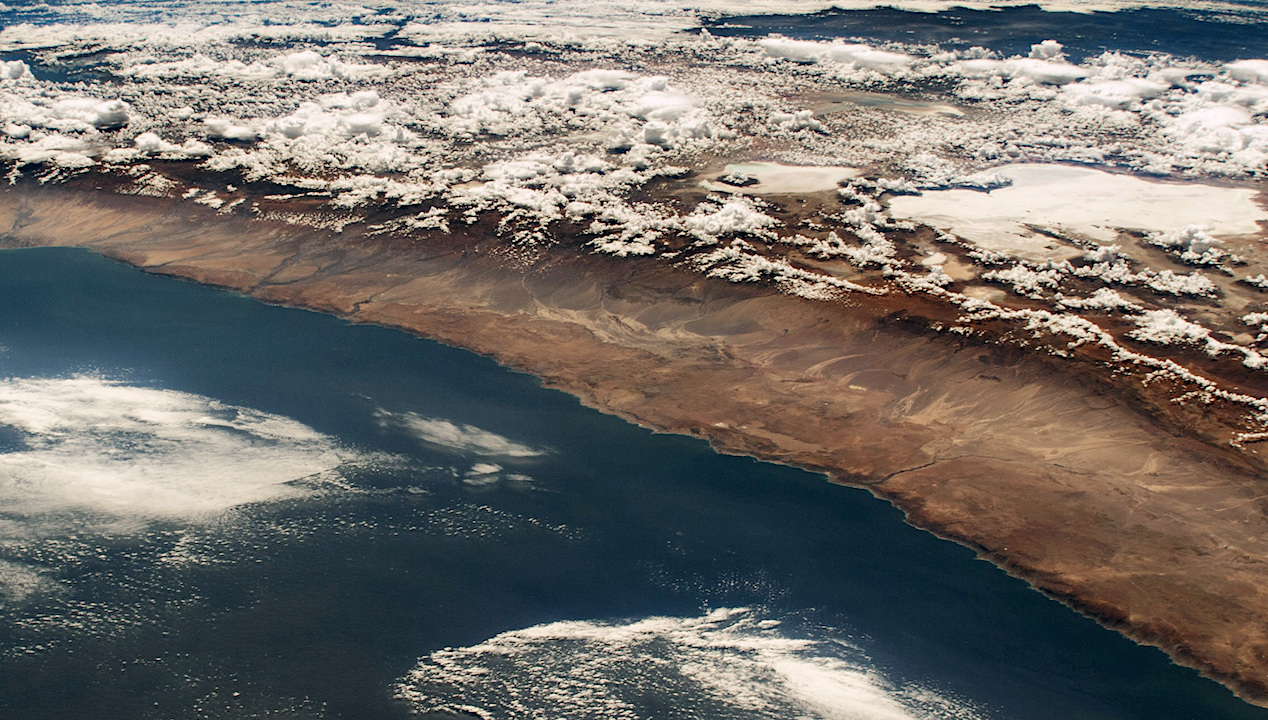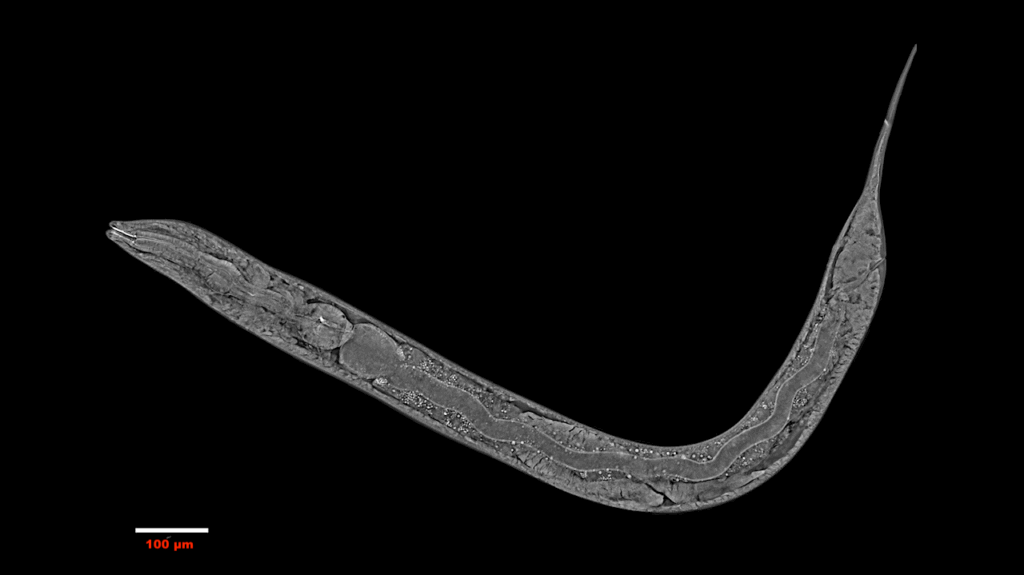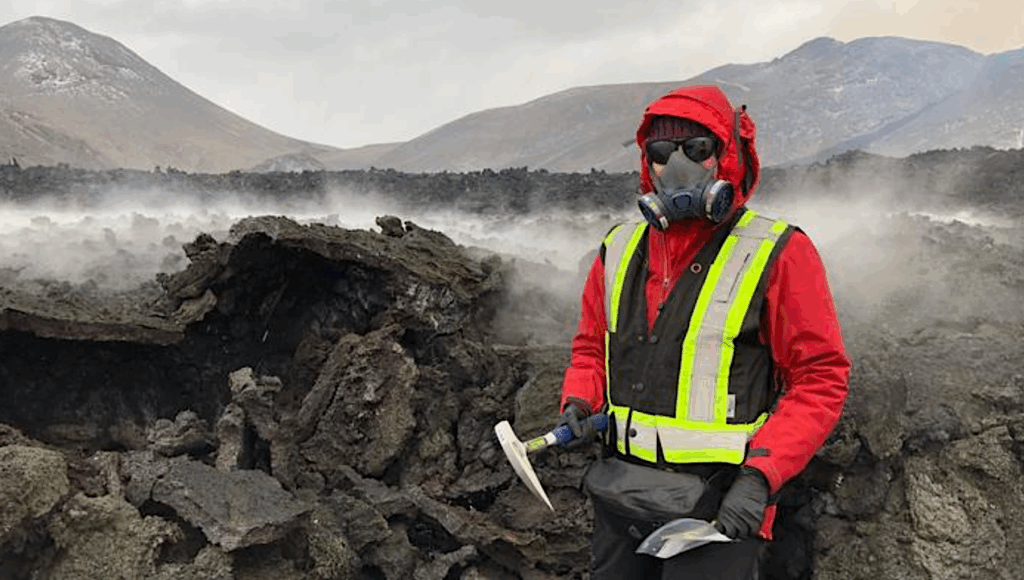Atacama Region As A Planetary Analog For Astrobiology

One possible approach in astrobiology is to use the range of possibilities offered by the Earth to study geographical niches that could be similar to environments observed on planets or satellites of the Solar System.
We will discuss the relevance of a particular region of the Atacama Desert in the Chilean Puna de Atacama, in the vicinity of the city of Copiapó ( 27.∘36 S / 70.∘33 W) in Chile, as a natural laboratory for astrobiology and planetary sciences.
The environment of the mountain range in the Atacama region, with a stable cold desert climate for tens of millions years, includes hydrothermal springs, permafrost, glaciers and an interconnected water circulation between its salt lakes.
The extreme physico-chemical characteristics of these different environments make the Chilean Puna de Atacama region a unique site in terms of the density of ecosystems that could be used for planetary analogy and astrobiology, especially for the study of extremophiles. Several tasks within the area of consideration will be carried out through the period 2020–2023: to search for sites with significant environmental gradients which can reproduce the current or past conditions observed on Mars or other bodies; to continue the microbiological inventory of the area and to do long-term monitoring of microbiological diversity in the most promising ecological niches.
These experiments will benefit from the facilities of the Atacama high altitude laboratory, a multidisciplinary project led by the University of Atacama and including astronomical and planetary sciences projects.
This laboratory will be built at the end of 2020 in the vicinity of the Salar de Maricunga ( 26.∘85 S / 69.∘03 W) at 3800 m asl. This scientific station will serve from 2021 to 2023, for 18 months, as a base camp for expeditions aimed at carrying out preparatory work. Then, in 2023, another laboratory and permanent measuring stations will be installed above 5200 m asl close to the Ojos del Salado ( 27.∘11 S / 68.∘54 ~W).
Tavernier, A. ; Barbieri, M. search by orcid ; Oses, R. ; Garcia, A. ; Ulloa, C.
https://ui.adsabs.harvard.edu/abs/2020BAAA…61C.100T/abstract
Publication: Boletín de la Asociación Argentina de Astronomía, vol. 61C, p.100-100
Pub Date: August 2020
Astrobiology








